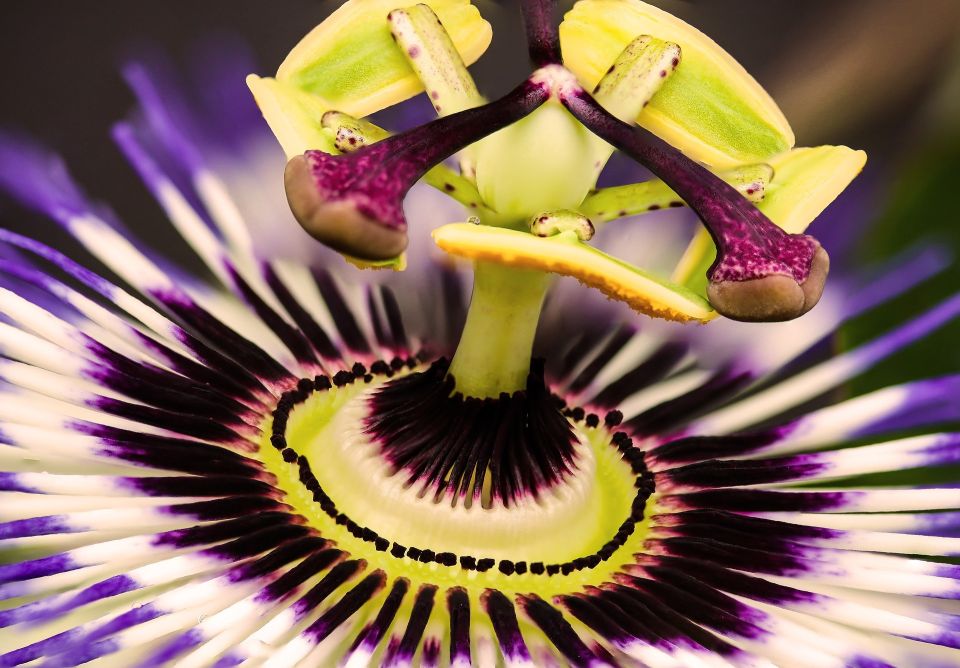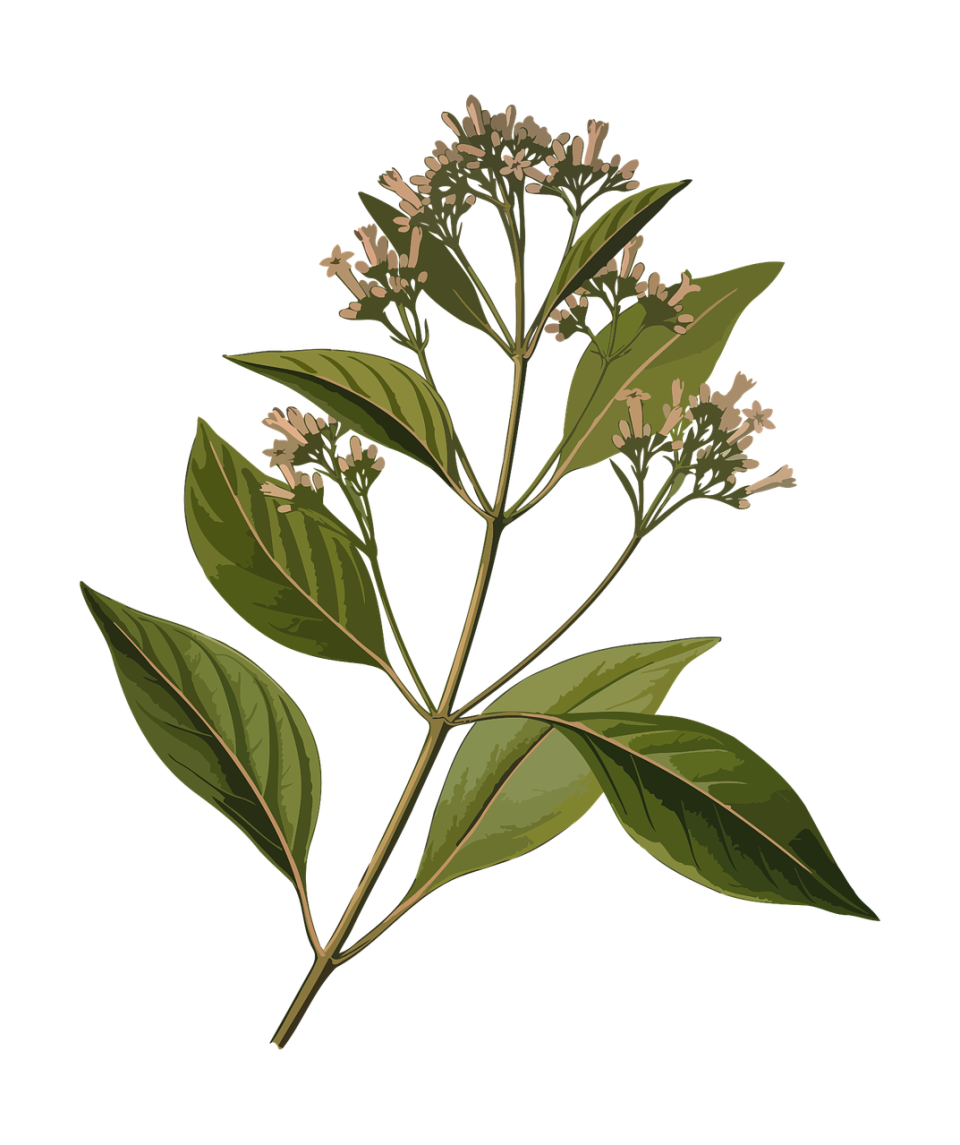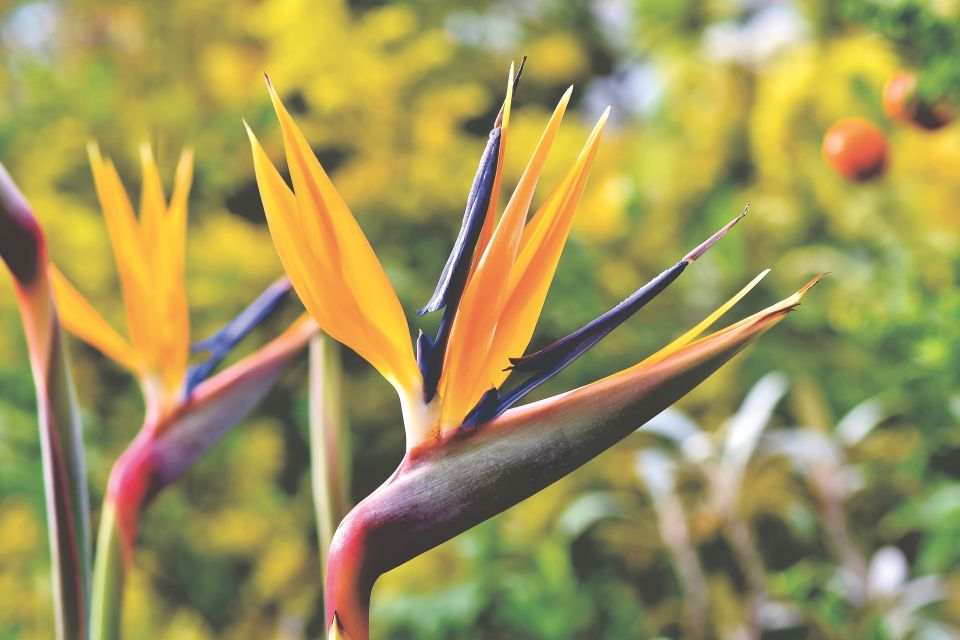The weird and wonderful world of the plant hunters - part 4

Adventuring from darkness to light – the final frontier.
Quinine, the cinchona tree and empires in competition
And so we come to the final episode. Like Robert Fortune and tea, the incredible story of the cinchona tree reveals the complex threads tugging at plant hunters and takes us voyaging into the turbulent early twentieth century. Quinine was the only effective drug to treat malaria before the 1940’s. It was extracted from the bark of the cinchona tree. Its history is intertwined with plant hunters, competing European empires and drew in far flung countries around the world sowing the seeds of modern global markets. The cinchona tree originated in the Andean regions of south America and the bark was used by the local indigenous peoples to treat fever. After Europeans introduced malaria to the continent the bark was also used to treat the fever caused by malaria. European colonisers first started using the bark in the seventeenth century, but difficulty in getting the dosage right hampered its use as a medicine. In 1820 two French scientists discovered the process to extract quinine from the bark, this was much stronger and more effective. It coincided with the time when European empires were mushrooming all over the world, especially parts stricken by malaria. Quinine from Cinchona trees was taking on an increasingly important role in the ability to occupy and administer tropical colonies in Asia and Africa. An arms race developed for the cinchona bark between colonial powers to provide their armies and workers with enough quinine.
The newly independent republics of Peru, Ecuador, Colombia, and Bolivia jealously guarded their monopoly of the crucial Cinchona trees. They imposed strict export restrictions on seeds and plants, while gaining significant profits from exporting the bark. European powers, particularly France, Great Britain and the Netherlands, needed the bark and wanted to break the South American monopoly. In response they sent out several expeditions of plant hunters to get hold of Cinchona seeds and plants, often by smuggling them out illegally so they could be replanted in colonial plantations.
The trouble with most of these seeds and plants was the low quality and amount of the active ingredient quinine. Charles Ledger, thanks to some inside help from Manuel Incra Mamani, lucked out and found a cinchona tree that had 10% quinine, much higher than the others. Mamani was a local young Inca man and he provided the vital knowledge and expertise to find the plants that Ledger was looking for.
In 1865 these were sent to London, where the British government showed little interest in them. They were eventually sold to the Dutch who cultivated and improved the species in their colony of Java (now Indonesia). This species was called Cinchona ledgeriana in honour of Charles Ledger, and went on to form the basis of much of the world’s supply of quinine.
The story of Manuel Incra Mamani ends on a more depressing note: he did not get a plant named after him and during a seed-collecting trip in 1871 was arrested, imprisoned, and savagely beaten by the police. Local people considered him a traitor for helping Ledger and it’s likely the cause of his beating. A beating from which he died after his release.
Botanical gardens such as Kew were vital to the process of commercial use of new plants. Britain had a network of more than a hundred spread out across the empire. Once the seeds and plants had been gathered, work was done there to find out about the plant and how to cultivate it. Then valuable plants were shipped off to colonies where they were cultivated in large amounts and used for political and commercial gains. In India the botanical gardens of Ootacamund and Calcutta were crucial for species selection and developing planting and harvesting methods. This prepared the South-American cinchona tree for cultivation in the Indian subcontinent.
Once in India, the cinchona trees didn’t want to play ball and were hard to cultivate away from their native mountains. These plantations used local gardeners and scores of laborers were killed clearing the thick highland forest for them, because of the harsh climate and dangerous wildlife.
Cinchona cultivation eventually proved to be a commercial failure in India. After a peak in production at the end of the 1880s it was largely replaced with tea by planters. This left the world market for quinine largely to the Dutch. Yet the limited Indian production was crucial in maintaining British colonial domination in malaria infested areas, Indian Cinchona was at least a political success if not an economic one.
The Dutch on the other hand made a commercial success of their plantations on the island of Java, using their high quinine content trees. Which went on to dominate the market.
Until 1913 raw Cinchona had a low price. Partly because of overproduction of the crop, partly because of market manipulation by associations of European quinine producers. These associations, who controlled the industrial process of deriving quinine from the Cinchona tree, coordinated their efforts to keep the price of Cinchona bark low, while artificially keeping prices of their manufactured product, quinine, high. This maximised their profits. Eventually these practices prompted the Dutch government and Javanese planters to act. In 1913 the so-called quinine agreement was put into force and established set prices for Cinchona bark, creating the world’s first pharmaceutical cartel.
This cartel existed until 1942 when Japanese troops invaded Java and took over Cinchona production. The allies needed the medicine for their troops in tropical areas, this caused a sudden, desperate search for other Cinchona sources. The Americans even sent expeditions to the Andes in search of Cinchona. Malaria was the most important health hazard encountered by U.S. troops in the South Pacific during World War II, where about 500,000 men were infected. According to Joseph Patrick Byrne, "Sixty thousand American soldiers died of malaria during the African and South Pacific campaigns."
The sudden shortage of quinine forced world science to speed up its research into synthetic medicines. This eventually produced drugs that would replace quinine as the main anti-malaria medicine in use in the world. Yet quinine is still valued today as a secondary medicine, and in Java there are even some Cinchona plantations still in existence. Plantations that remind the island of its one-time domination of world production of this life-saving drug.

The dark side of plant hunters and modern-day plant hunting
For better or worse, plant hunters were employed by governments and organisations to exploit the resources of other countries. This was a thrilling or detrimental time depending on where you happened to be in the tapestry. It was a crucial formative period for how global markets and economies developed and influenced how business is carried out even today. But plant hunters themselves could be very destructive and irresponsible in how they harvested their plants. ‘Chinese’ Wilson lost an entire consignment of Lilium regale bulbs on the way home, and in the following year, when he returned, his team plundered complete valleys. No longer would any traveller enjoy the beautiful, fragrant scene he so vividly described. One of the worst stories is about orchid hunters who destroyed the habitat of the orchids they had harvested, felling large areas of forest so that only they would have the monopoly on that particular species.
The disregard for the countries and habitats they were visiting also applied to the peoples living there. Robert Fortune demonstrated the milder attitude of the times “I walked on towards the hills and began to ascend them – a plan which I always adopted when I wanted to get away from the Chinese, as they are generally too lazy to follow far, where much exertion is required.”
The many invisible locals, their knowledge and hard work that helped the plant hunters shouldn’t be forgotten. No plant hunter would have gotten far on their own no matter how intrepid and tough without the help of supposedly “lazy” and “savage” local porters and guides. The plant hunters often became famous, had plants named after them, earned good money and published books about their adventures. The locals who helped them did not get any glory, were treated as traitors by their country and were forgotten by history.
In 1992 the Rio Convention on Biodiversity made all living things the “property” of the country where they grow, and unauthorised collection and export became technically illegal. Some in developing countries feel angry that their plant resources are still being exploited while they get nothing in return.
In all these exchanges indigenous peoples come off the worst even now. They tend to be at the bottom of the pile in terms of how their countries treat them with regards to human and cultural rights, whilst being the first to be abused and exploited. It’s very hard for them to benefit from global commercial and political structures that often don’t acknowledge them.
An example of this is how difficult it is for indigenous peoples to receive any recognition or payment for the help they gave to Europeans in finding a treatment for malaria. A treatment that was so vital politically and commercially. Any attempts run into legal issues that have not been designed with indigenous peoples in mind but have excluded them for centuries. In the US the main problem in trying to get legal intellectual property rights for quinine is that undocumented knowledge held abroad is not recognised by US patent laws. And even if it is recognised then it is not seen as the kind of knowledge that would prevent someone else like a company taking out a patent claim related to that knowledge. In a nutshell, the whole system ends up being skewed to benefit conventional large companies. This means the flow of property and intellectual rights and any money to be made from it is away from indigenous peoples, even as their knowledge is exploited by others but not valued in itself. The conventional ways of doing business continues to take advantage of them without benefiting them.
Moving towards the light – modern plant hunters
You might think the days of swash buckling plant hunters is over, but you’d be wrong. Do we still need to hunt for new plant species? There are many arguments to support the continuation of the hunt. In a world where species become extinct before they are discovered, having knowledge of and stores of specimens can be a way to conserve the bounty of nature and increase global knowledge. Climate change and the unpredictable weather which it brings is a strong argument for increasing the diversity of our flora so they can cope with whatever climate change may throw at us. From diversity comes resilience. The strong and powerful commercial and political driving forces are still very much in motion. And finally, gardeners’ love of, and need for, new plants is also not going to go away. As well as commercial concerns, expanding scientific knowledge and conservation are also part of the picture now.
If anything, we now have more complex weather patterns added to the old ones filling the sails of the intrepid twenty first century plant hunter. With all this in mind, modern day plant collecting continues, but some are trying to find a more responsible and ethical way to go about it.
Worries over the Rio Convention have not prevented plant hunters from doing their best to cater for a passion for novelty. In fact, better travel opportunities have allowed them to thrive and be more adventurous. Plant hunting is now more democratic; you don’t have to be born with a silver spoon in your mouth or bow and scrape for wealthy patrons and the right connections, anybody who can afford an air ticket and car hire can now achieve in a week what might have taken a mule train and several months in the 1900s.
One effect of the Rio Convention has been to freeze the often-friendly relationship that existed between plant hunters and botanical institutions. Botanic gardens were once happy to accept donations of seed from horticultural collectors, but not anymore. Some institutions will not even buy plants from nurseries which are known to do wild collecting, for fear of being accused of “bio-piracy”.
Many in the gardening world would be happy with the spirit of the Rio Convention — it seems only right and proper that countries should benefit from their plants, and conservation may benefit as a result. However, there are no mechanisms in place to collect, distribute or transfer either plant material or funds. In fact, the whole issue is a legal loophole.
One thing however hasn’t changed, it’s still a dangerous occupation.
Tom Hart-Dyke and Paul Winder were kidnapped by Farc guerillas while hunting for rare orchids on the border between Panama and Colombia in 2000. They were held for nine months and threatened with death, an experience they describe in their book, The Cloud Garden.
Bleddyn and Sue Wynn-Jones, of Crûg Farm Plants in North Wales, recognised as Britain’s leading plant hunters, have risked landslides, earthquakes, trigger-happy Maoists and armed guards protecting opium fields in Thailand to bring back discoveries from South-east Asia. They are determined to address the ethical aspects of plant hunting. In Vietnam, for example, they have built up relationships with local botanists. “Most Vietnamese botanists only know their tropical flora,” says Bleddyn. “We are interested in hardy temperate plants in the mountains in the north, so we can help them with new material.”
Dan Hinkley, a well-known American plantsman has accompanied the Wynn-Joneses several times and once volunteered the proceeds of open days at his nursery to build new facilities for Hanoi University. “The funds have gone to the right place,” says Bleddyn, “they’ve now got a new herbarium (collection of dried plant material) when they had nothing before.”
A “fair trade” approach to plant collecting, such as that being pioneered by Crûg Farm Plants, looks like one way to acquire new plants but at the same time to allow countries of origin to benefit.
As long as there are undiscovered plants in remote corners of the world, passionate plant hunters will continue to adventure on. The spirit of exploration lives on. Plant hunters have always been drawn by more than just money and fame, those choosing to dive into the stormy seas had a love of exploration and deep fascination with plants.
It will be interesting to see what comes out in the future escapades of these mad wayfarers.
The next time you’re enjoying the trees and plants in your garden or a local park, spare a thought for the labours of the plant hunters and their helpers. The complex weavings of history and politics that brought them there, those currents are alive and kicking right now, all over the globe. Who knows what new plants and miracles are about to appear over the horizon and how lives around the world will be affected?
It seems appropriate to leave the last words to ultra-adventurer and character Marianne North, “begin now by observing as much as you can of what nature teaches, and you will find a new happiness in life.”

Donate to Trees for Cities and together we can help cities grow into greener, cleaner and healthier places for people to live and work worldwide.
Donate